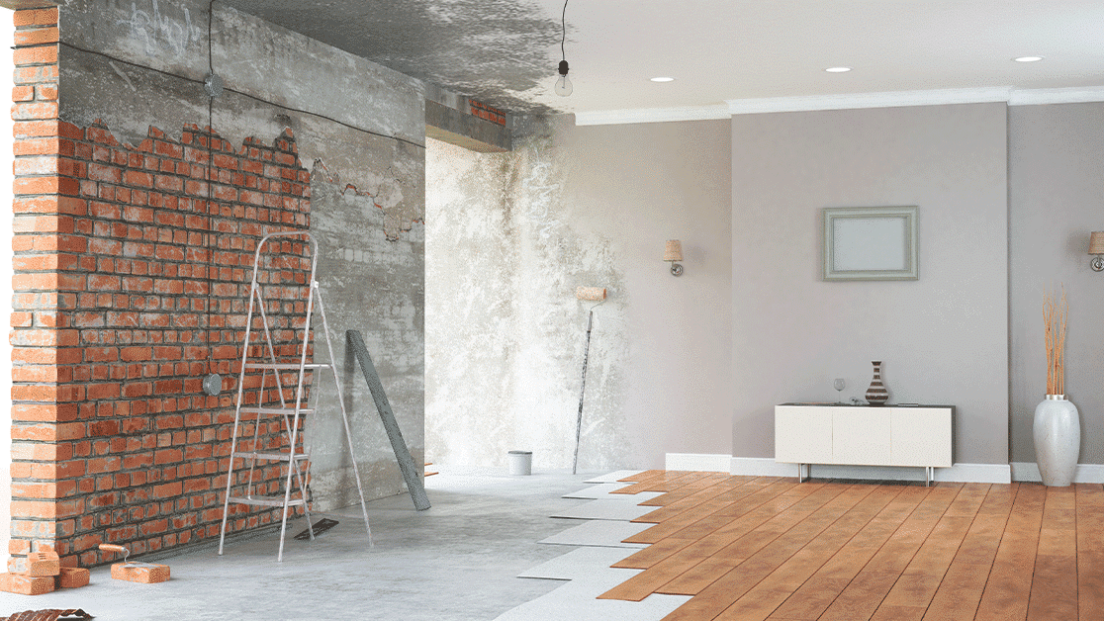The renovation rate for buildings is still too low

In 2019, the federal government and the cantons spent more funding on building renovations in order to increase the renovation rate. However, less impact was achieved per subsidy franc than in the previous year. In contrast, the program created a positive employment effect and additional domestic added value.
In 2019, the federal and cantonal building program paid out around CHF 265 million in subsidies, a quarter more than in the previous year. This emerges from the 2019 annual report of the building program. This program is an important pillar of Swiss energy and climate policy. It is based on Article 34 of the CO2 Act .
According to a press release from the building program, applicants received a total of around CHF 265 million in funding in 2019 (2018: CHF 211 million). Most of the funding last year went to thermal insulation projects with CHF 133 million. The greatest growth was recorded in subsidies for system renovations; they rose by 70 percent to 60 million francs. Solar and ventilation systems were funded with 35 million francs. 4,100 fossil fuel systems have been replaced with renewable energy heating systems, most commonly a heat pump.
According to the announcement, the measures implemented in 2019 thanks to subsidies will save 5.4 billion kilowatt hours of electricity and 1.2 million tons of CO2 over their entire service life. But the renovation rate is too low to achieve the Swiss energy and climate targets for buildings. In order to offer a greater incentive, higher funding rates have been granted since 2019. This has reduced the effect achieved: While in 2018 159 francs were used per ton of CO2 saved, it was 205 francs in 2019. The increase in the more cost-intensive system renovations also reduced the effect per Swiss franc granted.
The employment effect of the building program is positive: it is 2100 full-time equivalents and around 82 million francs of additional domestic added value.